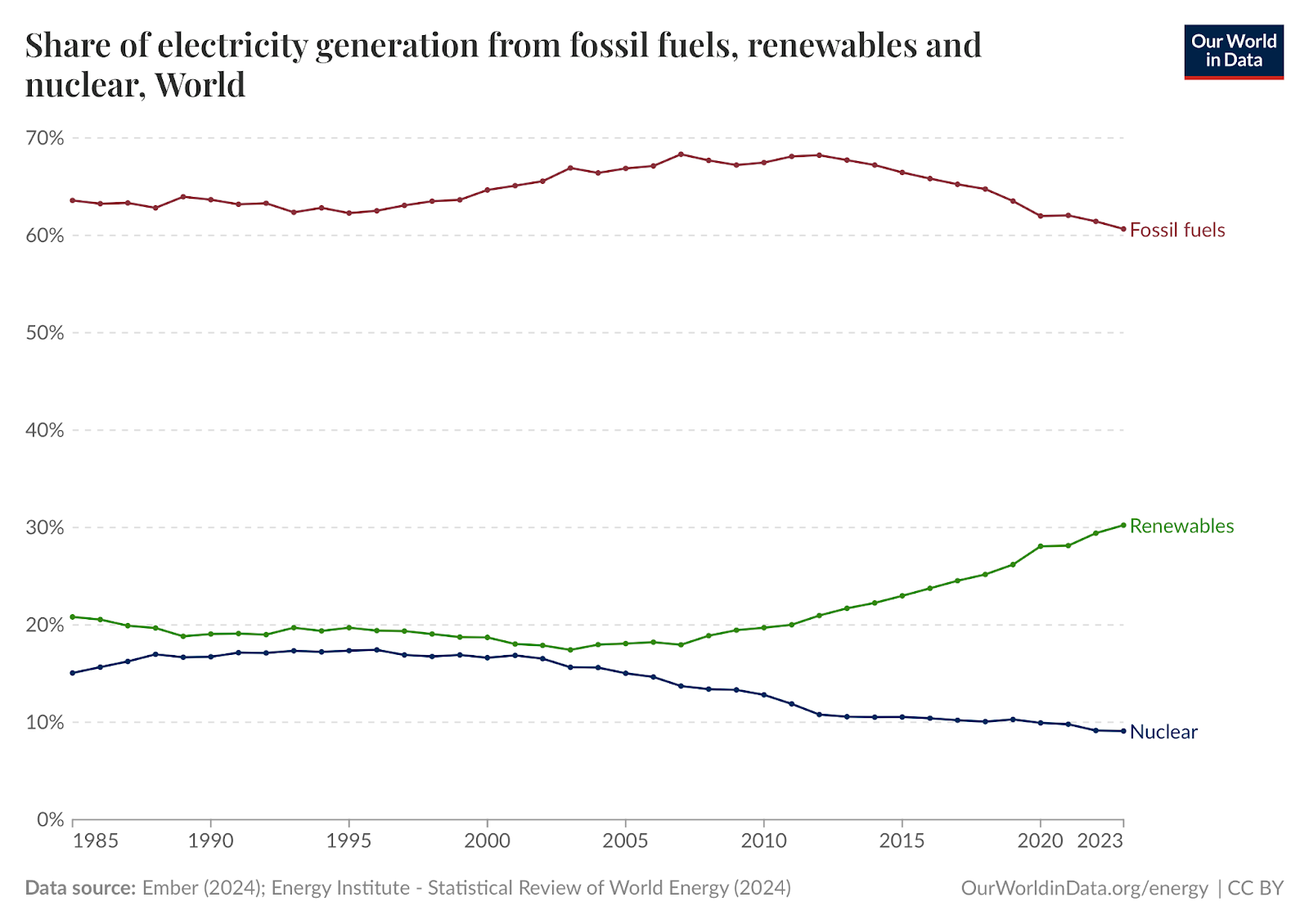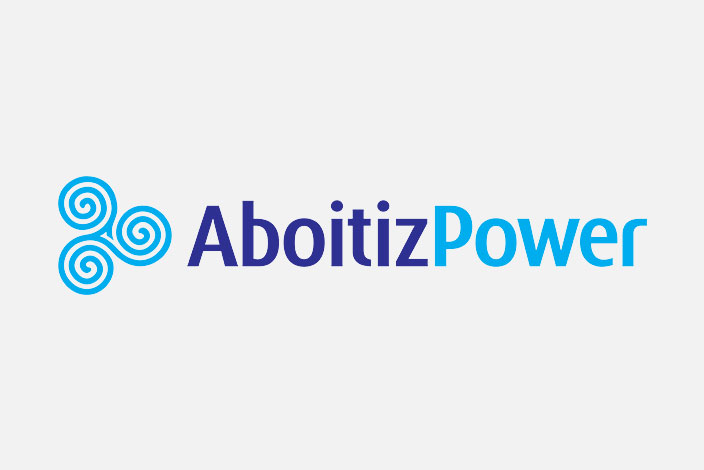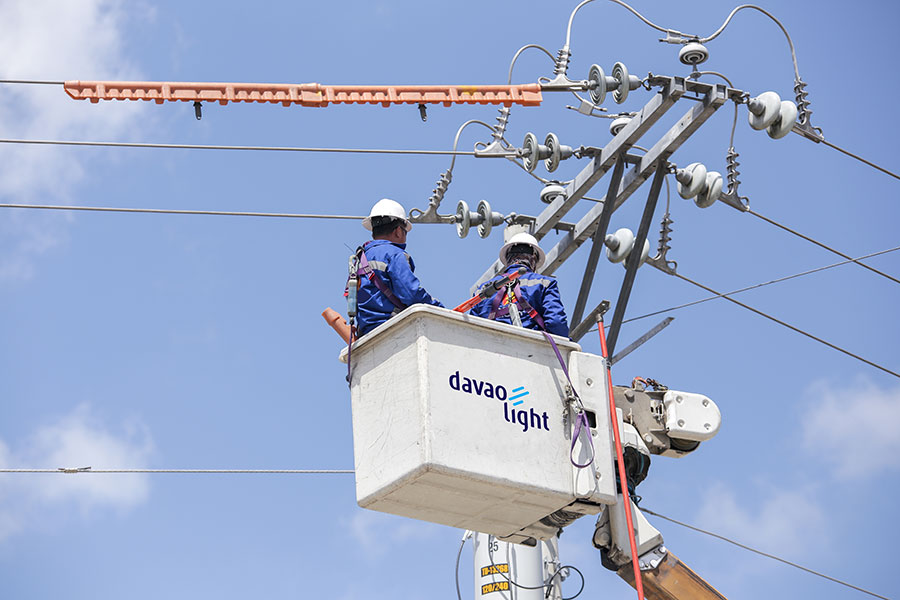In today’s digital landscape, telling apart the fake news from the real deal is becoming more and more challenging, especially as mass communication tools grow in sophistication. In platforms like the internet, where it is a battle for the spotlight, it is increasingly vital that well-intentioned communicators adapt, take advantage, and be more creative in engaging their audiences and combating misconceptions and disinformation.
In that sense, a replicable strategy can be found on the website of Gapminder, “an independent educational non-profit fighting global misconceptions.” Among its founders is a personal hero of mine, Mr. Hans Rosling, a Swedish physician, academic, and public speaker. The way Gapminder works is it asks thousands of fact questions to many people around the world, then fact-checks the prevailing worldviews with data from the United Nations and other reliable sources. As a result, Gapminder is able to identify the most common misconceptions, covering issues on global warming, international conflicts, and economic growth, among many others.
Everyone is given free access to the results through a variety of fun and understandable quizzes that would show item-by-item how they misunderstood a certain issue, as well as what the majority of those surveyed also thought. Gapminder’s intent is to empower more individuals to understand the world through reliable data and statistics.
Going through some of the quiz items, it was surprising how around 78% of those surveyed by Gapminder underestimated the amount of people who use electric power, thinking that it is below 90%. However, rapid global electrification in the past 50+ years has made it so that 90% of people already have some form of access to electricity. Similarly, while around 120 million people have gained some access to electricity each year between 2015 to 2021, 81% of the people Gapminder tested initially thought that that number is much lower than what the data indicates.
But perhaps the people with these misconceptions aren’t without justification, considering how unequal access to electricity might have led them to believe that more people don’t have “some” access yet. What is meant by unequal access is how there are still a lot of places in the world where the electricity supply isn’t reliable 24/7. For instance, while the Philippines has a household electrification level of over 90%, sustained power interruptions, or those going beyond five minutes per instance, are still a problem in the country. This highlights how “access” is not always synonymous with consistent reliability.
Speaking as a communications practitioner in the electric power industry, it is also interesting to note how, between 1985 and 2023, the percentage of electricity produced using fossil fuels (coal, gas, and oil) hasn’t moved below 60% of total power generation worldwide. This occurred amidst total world electricity production tripling from 9,753.72 terawatt hours in 1985 to 29,479.05 terawatt hours in 2023. Based on Gapminder’s survey, 70% of respondents answered in the wrong, perhaps underestimating the role of fossil fuels in different power mixes around the world, particularly in developing countries. In truth, it will still take time for low-carbon power generation technologies to become more economically viable and affordable to significantly displace fossil fuels.

Photo courtesy of Our World in Data.
Citing the Philippines once again as an example, its government targets a transition to a 50/50 power mix split between renewable and traditional capacities by 2040 — a transition target 15 years away that doesn’t entirely negate fossil fuels. This shows just how much energy transitions to low-carbon tech are a multi-generational effort, especially for developing countries, considering how local and global bottlenecks — whether financial, technological, trade, or regulatory — are evolving issues that are sensitive to other socio-economic concerns.
While it is no silver bullet to fighting misconceptions in the online world, gamifying the communication of factual information — like what Gapminder has done for issues in the energy sector and elsewhere — may be a way to encourage individuals to initially engage; potentially opening doors for deeper appreciation of the important issues of the day. For some, if not most, these might even be the icebreakers into the data and statistics they’ve never encountered before. As such, well-intentioned communicators must adapt, take advantage, and be more creative in engaging their audiences and combating misconceptions and disinformation.



